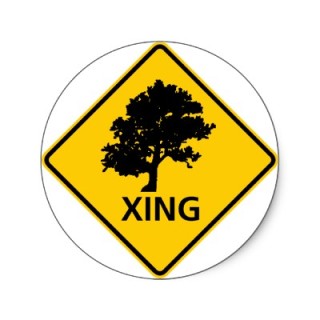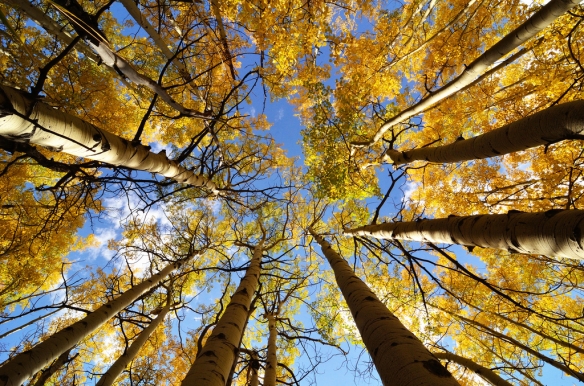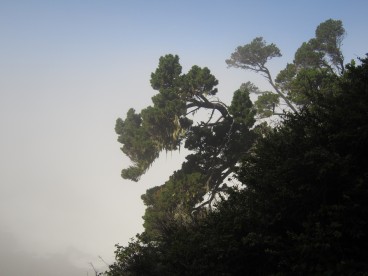
Tree Crossing. Borrowed from Clint Peters.
Trees on the move?! I know you’re thinking, “Come on, Sarah. Trees can’t move.” And, generally, you would be correct in that statement. Tree species are now, however, in a position where movement may be necessary for survival under changing climatic conditions. How trees will move is under debate within the ecological community, but why trees will move is accepted as a survival strategy related to the adaptation of species. Continue reading





You must be logged in to post a comment.